talkingfashion
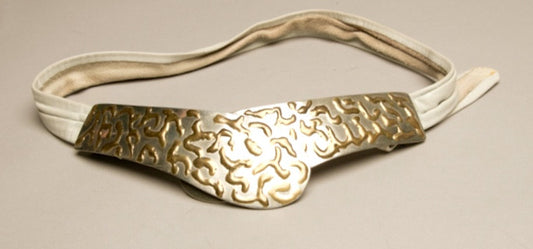
talkingfashion of today: Bonnie Boynton Designs
Bonnie Boynton is a high energy enthusiastic belt and sportswear designer, who has created tremendous success around her business. Back in the 70s, while working as a dress designer, she created...
talkingfashion of today: Bonnie Boynton Designs
Bonnie Boynton is a high energy enthusiastic belt and sportswear designer, who has created tremendous success around her business. Back in the 70s, while working as a dress designer, she created...
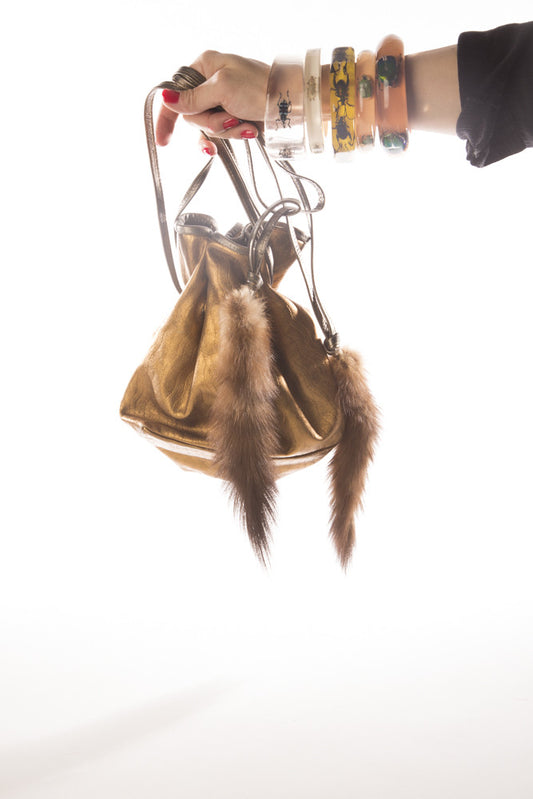
talkingfashion of today: Fur and Fashion
I love vintage fur. It is beautiful, soft, rich, luxurious, bohemian and sustainable all together. There is so much to be said about the relationship between fur and fashion... I...
talkingfashion of today: Fur and Fashion
I love vintage fur. It is beautiful, soft, rich, luxurious, bohemian and sustainable all together. There is so much to be said about the relationship between fur and fashion... I...
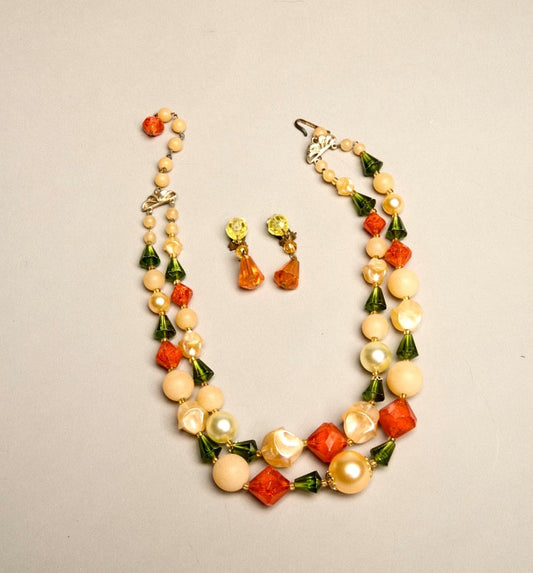
talkingfashion of today: Vintage Jewelry made i...
Germany has a long and rich history of jewellery making, primarily centred around the town of Pforzheim. Located in the state of Baden-Württemberg, Pforzheim's thriving jewellery and watchmaking industry has...
talkingfashion of today: Vintage Jewelry made i...
Germany has a long and rich history of jewellery making, primarily centred around the town of Pforzheim. Located in the state of Baden-Württemberg, Pforzheim's thriving jewellery and watchmaking industry has...
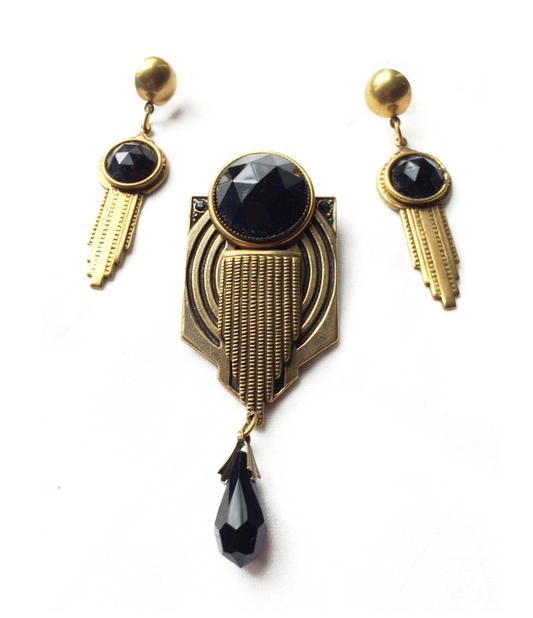
Jan Michaels San Francisco Jewelry
I first run into her designs from a beautiful gift received, so I went to investigate more about the designer, materials used, etcetera. The more I learned, the more I...
Jan Michaels San Francisco Jewelry
I first run into her designs from a beautiful gift received, so I went to investigate more about the designer, materials used, etcetera. The more I learned, the more I...
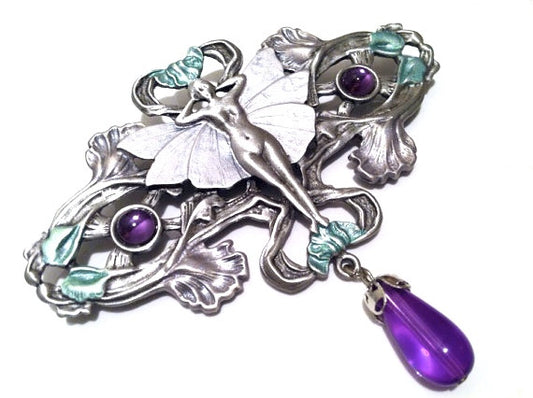
talkingfashion of today: J.J. Jewelry and Novel...
J.J. is the registered trademark of Jonette Jewelry Co. located in East Providence, RI. The company was founded in 1935 as Providence Jewelry Company by Abraham Lisker and later changed...
talkingfashion of today: J.J. Jewelry and Novel...
J.J. is the registered trademark of Jonette Jewelry Co. located in East Providence, RI. The company was founded in 1935 as Providence Jewelry Company by Abraham Lisker and later changed...
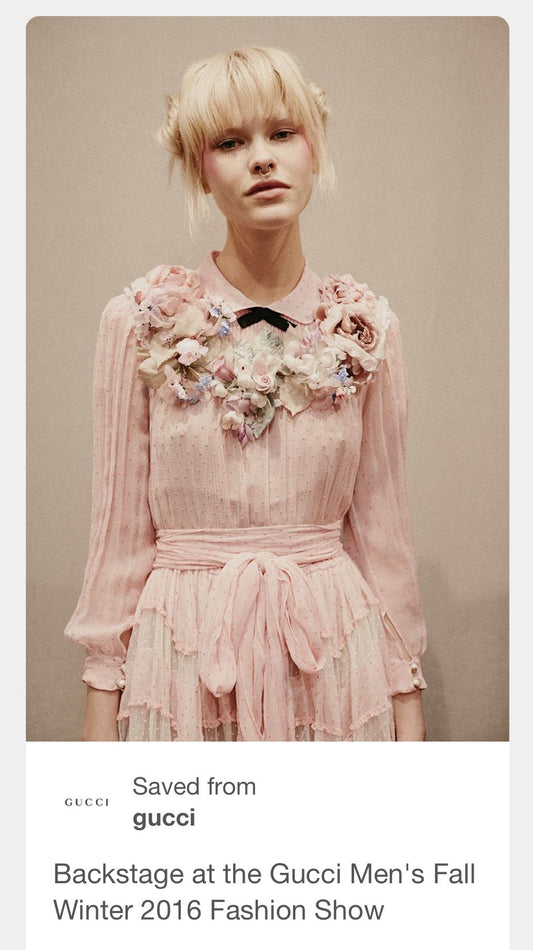
Pantene Dusty Cedar is the color name
There are so many stunning looks these colors can create, together or alone. Earlier today, I was struggling to precisely describe this unique soft rose pink color I have on...
Pantene Dusty Cedar is the color name
There are so many stunning looks these colors can create, together or alone. Earlier today, I was struggling to precisely describe this unique soft rose pink color I have on...
